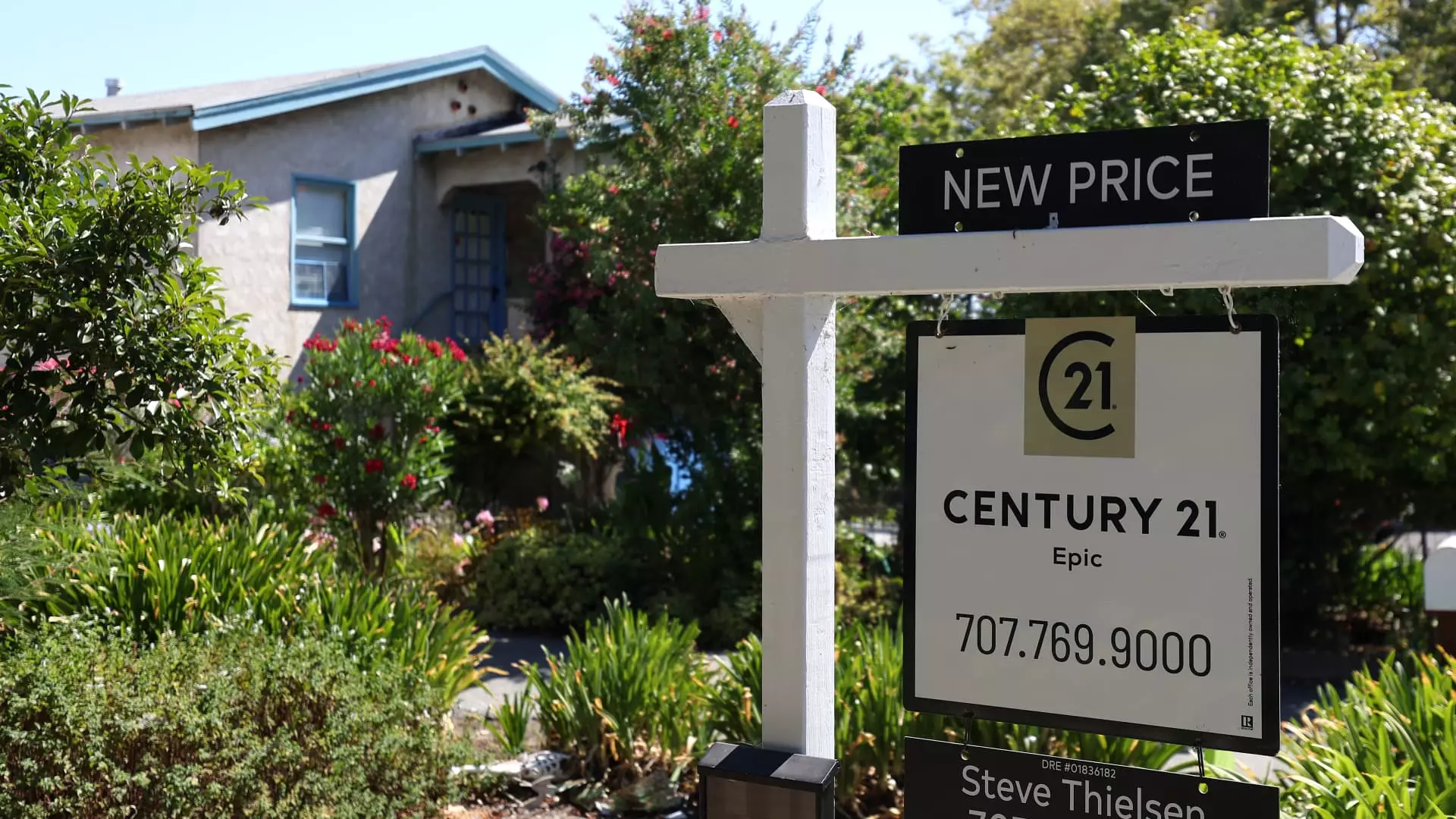For years, the narrative surrounding the housing market has portrayed it as an unstoppable force of growth, a symbol of economic vitality. However, beneath this facade, serious cracks are emerging that threaten to destabilize the illusion of perpetual prosperity. The recent slowdown in home price growth and the increased inventory are not just temporary setbacks but signs of a systemic shift that exposes vulnerabilities in an overly inflated market. It is imperative to recognize that these trends suggest a fundamental reevaluation of what stability means in housing—particularly when affordability is slipping out of reach and prices are showing signs of decline in key regions.
Overleveraged Markets and the False Promise of Growth
The dramatic rise in home prices over the past few years was fueled by conditions that no longer exist. Overinflated prices, driven partly by lax lending standards and speculative investment, created a bubble that was destined to burst. Now, as mortgage rates hover around 6-7%, double the rates seen during the early pandemic periods, prospective homeowners face significantly higher borrowing costs. This tightening of affordability, coupled with rising supply, indicates a market beginning to recalibrate. Yet, this correction is often framed as instability or decline, rather than a necessary correction against overexuberance. It’s crucial to understand that the current slowdown may offer a more sustainable footing for housing, reducing the risk of another catastrophic bubble burst in the future.
The Dual Forces Reshaping Housing Dynamics
Two seemingly opposing forces are colliding to reshape the housing landscape: increasing inventory and slowing demand. On the supply side, rising listings—up 29% from last year—indicate that homeowners are increasingly reluctant to hold onto properties that might no longer satisfy their financial ambitions or emotional attachment. Meanwhile, demand wanes as higher mortgage costs deter both buyers and sellers. Homes are taking longer to sell, which signals a shift from a seller’s market to a more balanced, if uncertain, terrain. Additionally, the regional disparities highlight how localized economies and policy environments influence the broader trend—while the Northeast and Midwest still see gains, the South and West, especially places like Cape Coral and parts of California, are experiencing notable declines.
A Wake-up Call for Policymakers and Skeptics Alike
This evolving scenario calls for a more cautious and realistic approach from policymakers, lenders, and prospective homeowners. The enthusiasm for continuous appreciation must give way to a tempered understanding that housing is cyclical and susceptible to macroeconomic shocks. Overreliance on market fundamentals that ignored inflationary pressures and rising interest rates has created a false sense of security. As the housing landscape softens, it reveals the need for stronger regulation, sensible lending practices, and strategies that prioritize long-term affordability over short-term gains. Without these shifts, we risk facing a future where affordability becomes an increasingly distant dream and economic instability looms once more.


Leave a Reply